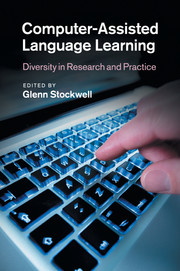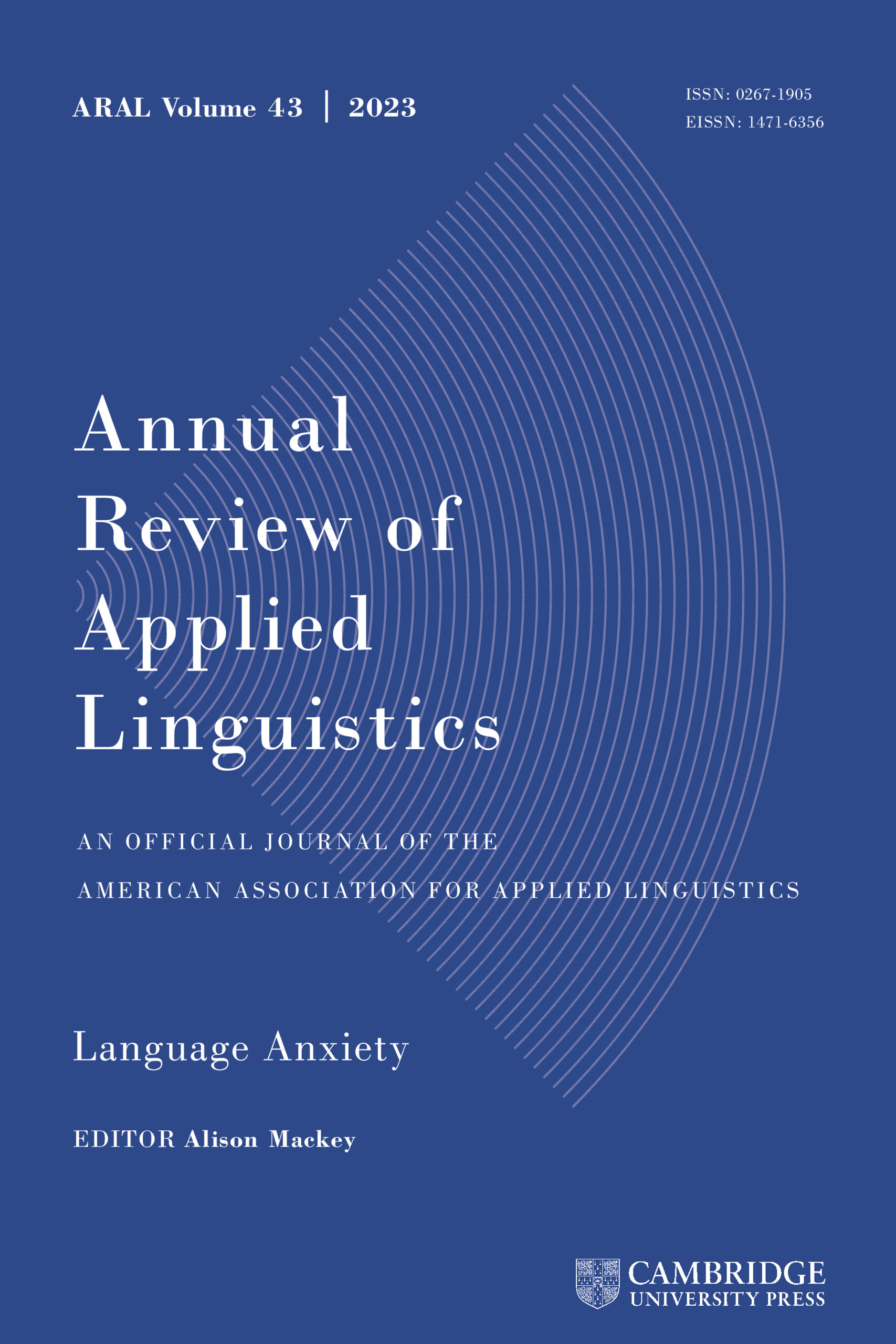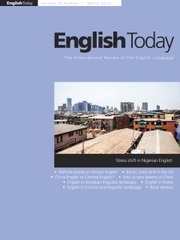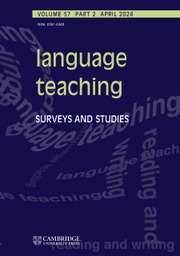Computer-Assisted Language Learning
Computer-assisted language learning (CALL) is an approach to teaching and learning languages that uses computers and other technologies to present, reinforce, and assess material to be learned, or to create environments where teachers and learners can interact with one another and the outside world. This book provides a much-needed overview of the diverse approaches to research and practice in CALL. It differs from previous works in that it not only surveys the field, but also makes connections to actual practice and demonstrates the potential advantages and limitations of the diverse options available. These options are based squarely on existing research in the field, enabling readers to make informed decisions regarding their own research in CALL. This essential text helps readers to understand and embrace the diversity in the field, and helps to guide them in both research and practice.
- Well-chosen examples in each chapter help readers to see the immediate practical implications
- A detailed glossary of terms helps familiarise readers with new terminology
- Includes a useful list of websites, giving readers easy access to the resources they read about
Reviews & endorsements
'Broad in scope and thorough in analysis, Computer-Assisted Language Learning takes a fresh look at conceptualizing the field. An outstanding resource for CALL researchers and practitioners.' Mark Warschauer, University of California, Irvine
'An extremely useful research and practice-based book for language teachers who want to use CALL but are daunted by the diversity in technological, pedagogical and organizational options available today.' Regine Hampel, The Open University
Product details
February 2012Hardback
9781107016347
228 pages
235 × 156 × 14 mm
0.49kg
10 b/w illus. 11 tables
Available
Table of Contents
- 1. Introduction Glenn Stockwell
- 2. Diversity in learner usage patterns Robert Fischer
- 3. Diversity in learning training Philip Hubbard and Kenneth Romeo
- 4. Diversity in learner support Hayo Reinders and Pornapit Darasawang
- 5. Diversity in environments Glenn Stockwell and Nobue Tanaka-Ellis
- 6. Diversity in content E. Marcia Johnson and John Brine
- 7. Diversity in modalities Marie-Noëlle Lamy
- 8. Diversity in technologies Gordon Bateson and Paul Daniels
- 9. Diversity in research and practice Glenn Stockwell
- 10. Conclusion Glenn Stockwell.










